Spotlight on Ian Maule
Jun 29, 2016
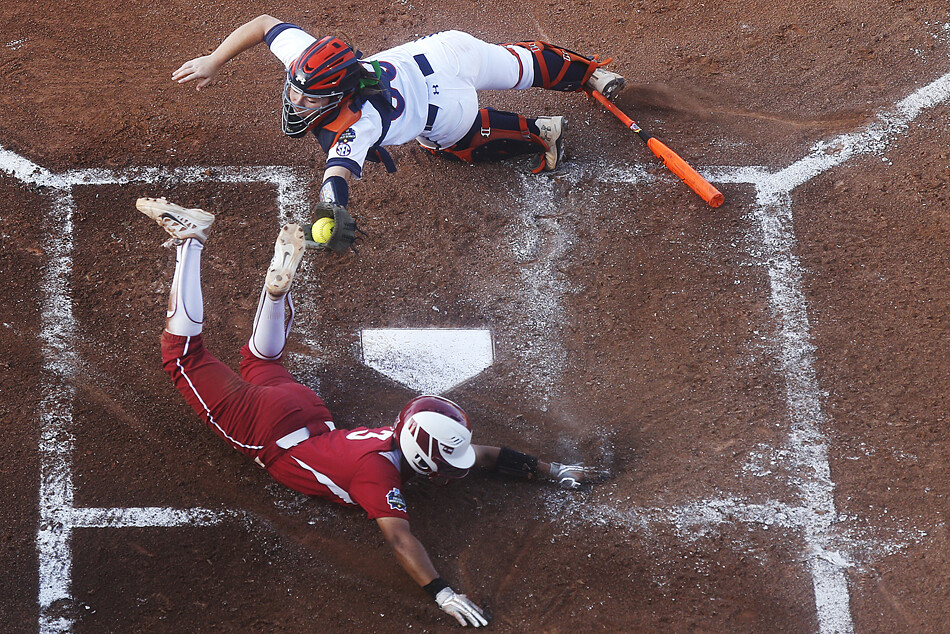
TID:
What a great picture! Can you tell us some about it to set the stage?
IAN:
Thank you for having me on the blog, Ross. This is a great resource for photographers to learn how others see a scene and prepare.
Oklahoma City hosts the NCAA softball championships and the University of Oklahoma softball team had made the finals. OU sports are king in this state because before the Thunder came, they didn’t have a major pro sports team.
It was best of a three game series, and the first game of the series was the first time I had been to the stadium. When I was sitting in the media room, a photographer from the Oklahoma City paper, Nate Billings- who is just an amazingly kind and genuine human being, asked if I was heading towards the roof. I love shooting from rooftops or any place to clean up my frame, especially while shooting sports.
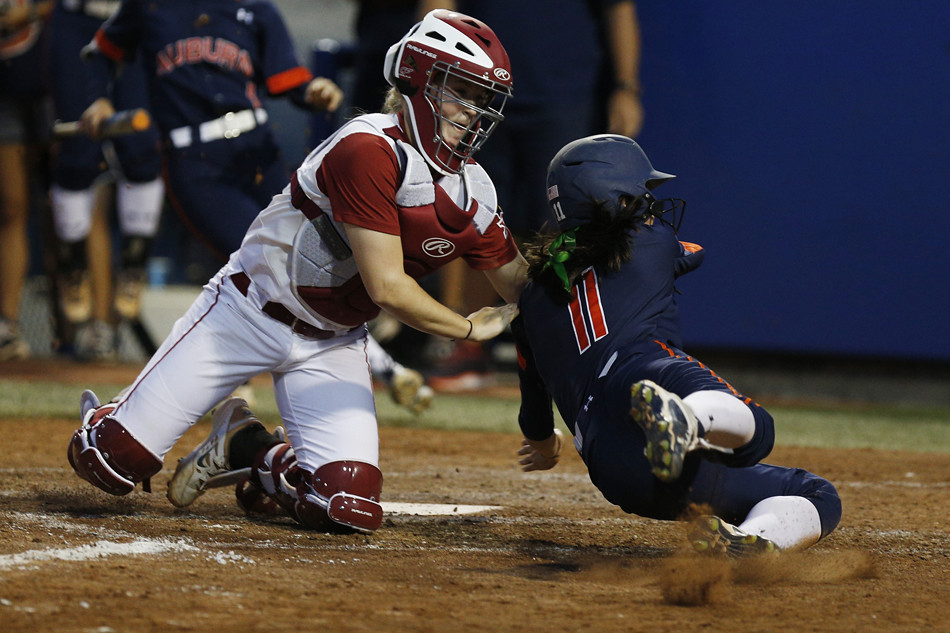
The stadium has two sets of ladders that lead up the the stadium and are narrow but once you get up there it is totally worth it. Games started at 6 or 7 each day so the light was really nice and you could see the whole field really well, which is important in softball because it is usually a slow game with quick moments. The first game was boring from up there, but I noticed that home plate had clean lines and the light on it was terrible, so I was hoping for more runs in the second game.
The next day, I grabbed all my gear, huffed it up the ladder and did the most important thing I have learned while shooting sports. I waited. It’s risky and boring but I came in with the idea of shooting the first 4 innings from the roof and then moving down to the field for the last 3 in case Oklahoma ended up winning the whole series, they had won game 1. Waiting has always been the hardest part for me because you can just see all the photos you could make and just are hoping the scene plays out. You have to trust yourself as a shooter to not only get the shot you are waiting for but, most importantly, make up for it just in case the photo doesn’t happen.
So in the second game, Oklahoma was scoring runs like crazy, which is only half of the battle as far as my coverage is concerned The other half is they have to score runs in the right way. If Oklahoma hits 5 home runs and I just get photos of a girl walking across home plate, that doesn’t do me any good . It needs to be close. There needs to be conflict. So Oklahoma had girls on second and third and I heard Auburn players yell, “Squeeze”, which is when a batter lays down a bunt while the runner on third steals home. I was already lined up with home plate and prefocused on the catcher and then just started firing. Luckily, the Auburn catcher lifted her head while trying to make the tag and I got the photo.
Research is really what helped me with this photo. I knew with runners on first and second that a wild pitch, or squeeze play or a single was a potential for a play at the plate. Knowing what you are shooting is key because you can take the steps before hand to prepare yourself and its so easy in sports. They naturally have a rhythm and a pattern that when you find them you can prepare yourself accordingly.
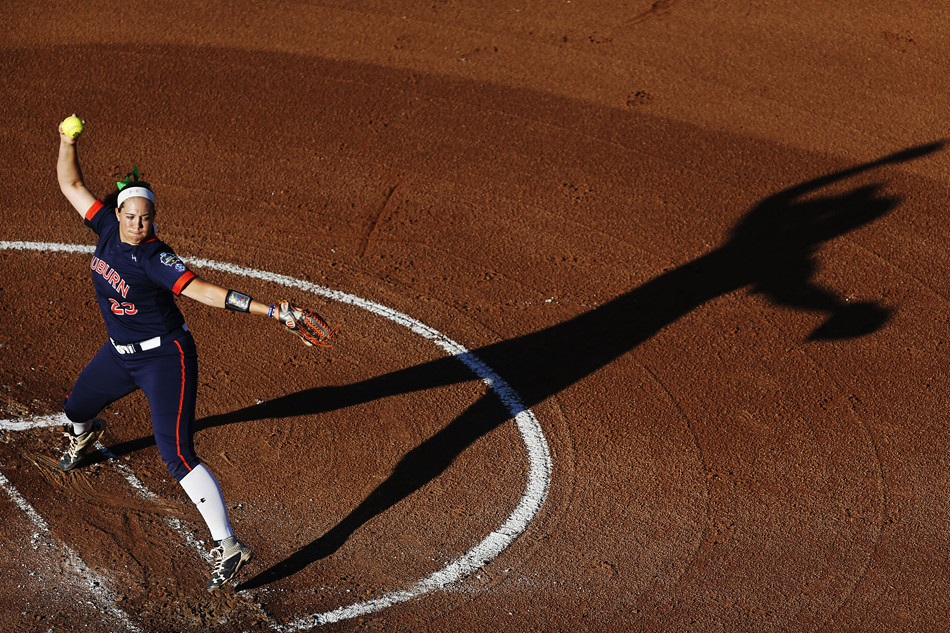
TID:
How did you first come up with the idea to shoot from above? Did you have any specific inspiration?
IAN:
There was an overhead remote photo I saw in high school or right when I started college and it was a photo of a Tampa Bay Rays player sliding into home and it blew my mind. It was clean and graphic and energetic. There is also a photo from an Ali fight where his opponent was on the canvas and you could see the crowd and the shape of the ring it just made the event seem so large. Just because it is clean doesn’t mean it can’t have a moment.
I love the way Patrick Smith shoots sports. It always clean and colorful while being on the biggest stages. I remember looking at his work in college and wanting to copy everything he was shooting. Maddie Meyer, Fran Gardler, Corey Perrine, and Thomas Boyd are just incredible shooters. They always are finding ways to shoot sports in new ways.
TID:
I always love it when photographers go above and beyond what is expected. It’s clear from a lot of your recent posts that you’ve been doing this. Can you talk some about your approach in general on how you’re pushing beyond the norm?
IAN:
I think that to do this job right you have to be tired when you are done with the day. I know I have had a good day shooting when I’m sunburnt and sore and covered in sweat. Laziness and boredom go hand in hand. Lazy writing is boring. It’s what leads to the Big Bang Theory being on television. The world doesn’t need another Big Bang Theory. Don’t be lazy. Look in areas that aren’t roped off for the press. Take time to just walk around the area you are shooting and just observe what is going on.
Im a firm believer in enjoying the moments that lead up to photos as much as the final product. I love cars rides to far away assignments or days when I know I will be away from the office. I always try to think what did a scene feel like before a moment happen to prepare for next time. The reason why some photographers always seem to make great images is because they understand the rhythm of moment.
TID:
I’m always interested in how photographers problem solve. What problems did you encounter during the shoot, and how did you overcome/work through them?
IAN:
The biggest issue was making sure I had the right gear when I was shooting on the roof. You have to climb up these two ladders to make it to the roof so if you are weighed down with gear it could be tough to make it the top. I brought a 400/2.8 on one body and then a 70-200 on another body as too not be weighed down too much. The NCAA also has very strict rules on where you can and can’t shoot during championship events so I try to avoid problems by walking around the arena and knowing what areas I can shoot in and where I can’t.
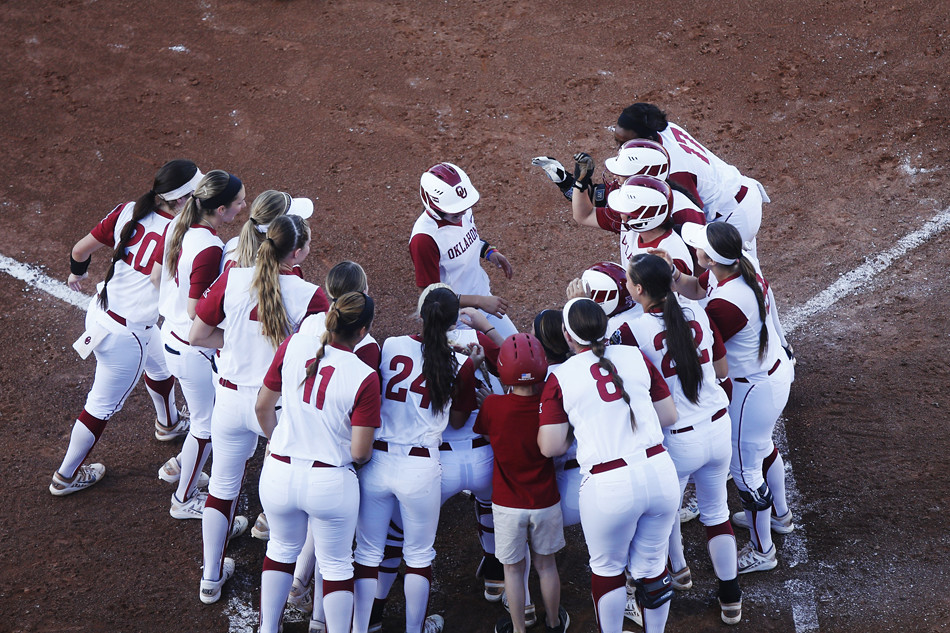
Research is also super important when covering sports. You don’t have to be an expert or even a fan but knowing how a game is played and what players are important it helps you out a lot. Everything can be so boring for such a long time and then all of a sudden BOOM there goes a big moment. I like to compare it to fishing. You sit and wait, wait, wait, and then all of a sudden you get a bite and you don’t want to waste it because you have no idea when it’s going to happen again. Always stay sharp. I just put my phone on do not disturb because I have been texting while a photo is happening in front of me and felt like an idiot.
It also detracts away from the moment. Most photographers I’ve met wanted to be photographer so they could be in the moment and capture that energy. I see some shooters listen to music while shooting and I can’t understand that. I use all my surroundings when I’m shooting. It helps with shooting because I feel invested with in the moment.
TID:
What surprised you about covering this event?
IAN:
Fans of sports will always surprise me but especially sports that aren’t that popular. Basketball and football crowds have an energy just from sheer mass of the fan base. They have the largest numbers and make the most noise but your smaller sports, wrestling, track, softball, volleyball, you have die hard and committed fans. There were people from New York and California here to watch softball and I think that’s great.
That’s my favorite part of sports is the coming together aspect. I mean look at how Cleveland reacted to Cavs winning the title. People were dancing in the streets. They were hugging and for split second people were just people dumbfounded by the idea of a ball going into a hoop multiple times.
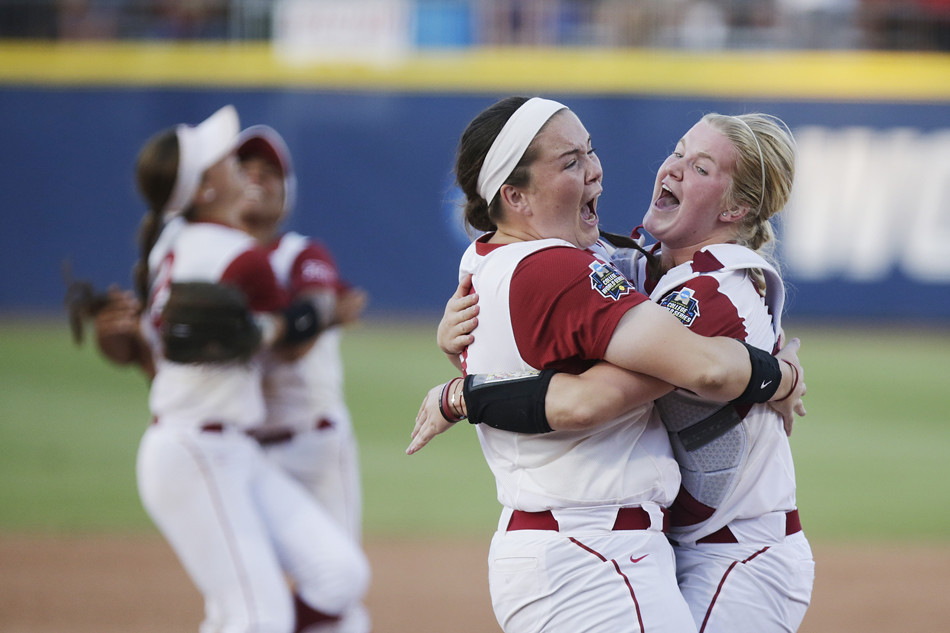
TID:
What did you learn about yourself during this process?
IAN:
Failure is going to happen and you can’t control it. The beauty of this industry is that we can plan for A, B, and C but D will happen. There is a staffer at the paper named Mike Simons, a truly amazing human being/photographer/videographer who is always making me want to do better, and we get in this constant fight over being prepared vs luck. I believe that you can only do so much before you say oooo crap I hope this works out.
I used to question a lot of times when good things happen to me like why did this happen and one day my dad said I could keep wondering why or just enjoy it.
TID:
What have you learned about others?
IAN:
People don’t talk about you nearly as much as you think and excuses are useless. I was very worried in college about trying to please everyone in this industry. It felt like I was collecting friends and not actually making them. You shouldn’t get to know people simply to move ahead in your career. People can see right through that. If you are genuine, kind, and have good work then you will most likely end up doing this for a living.
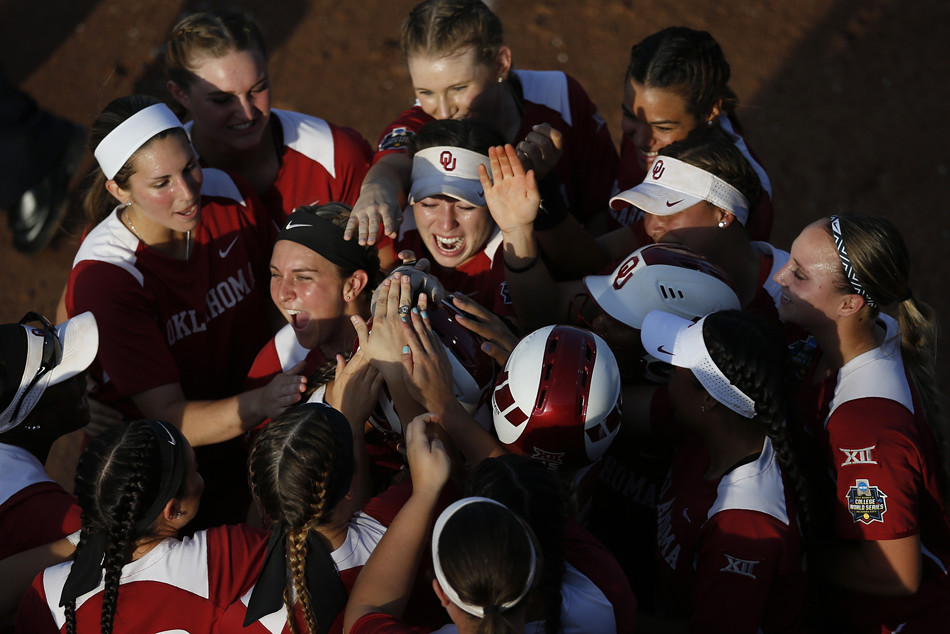
There are plenty of people in this industry that you won’t work well with and it’s no ones fault. Pizza and Ice Cream are both awesome but together they don’t really work. That is the cool thing about this industry is that some can make a living off shooting pictures of heartbreak and war, while someone else does it covering strawberry festivals and proms. They are both important and at the end of the day, if the photos aren’t that good who cares right? We have all seen boring photos of important things and just shrugged.
Someone else’s success doesn’t mean your failure.
TID:
Now, onto the main image. Can you walk us through the moments leading up to it? Additionally, can you talk about what you were thinking processing while making the image?
IAN:
With runners on second and third, my first thought was, “Please, Please don’t hit a home run.” The pieces were in the right spot and the moment was so close to happening it just needed one or two more things to happen and I would have it. I don’t cheer for teams while shooting, I cheer for plays. Especially when you have nice clean background.
I saw the infield move up to play a bunt and everything started to unfold. The Oklahoma batter laid down a really good bunt so I new it was gonna be a close play at the plate. I held the composition and as soon as I could see the Oklahoma runner coming in from third, I started shooting. It was out of my hands then.
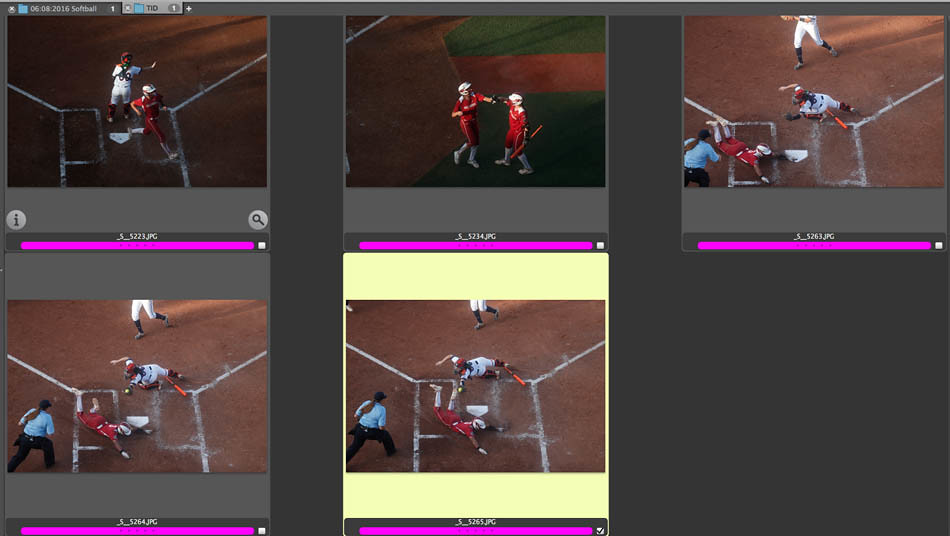
I was actually mad because the Oklahoma batter slid in head first and I wanted her to slide in leg first so you could see her face and I didn’t think the Auburn catcher was going to be able to make a play but then I saw that bright yellow ball and knew the ball was at least in the shot.
When I checked my camera I saw the photo and was like finally things worked out enough to make a readable and interesting photo.
TID:
In conclusion, what advice would you have for someone wanting to do this type of work?
IAN:
We have this sign in my kitchen back home that has our house rules. “Rule one, don’t be an asshole. Rule two, see rule number one.” My mom and dad were very blunt with this. We don’t need more assholes in this world. Don’t forget that someone taught you what shutter speed does and what ISO is. It’s very easy to think you are all that and no matter how good your work is, the first thing people will say is man the dude is a jerk. Look at Kanye West.
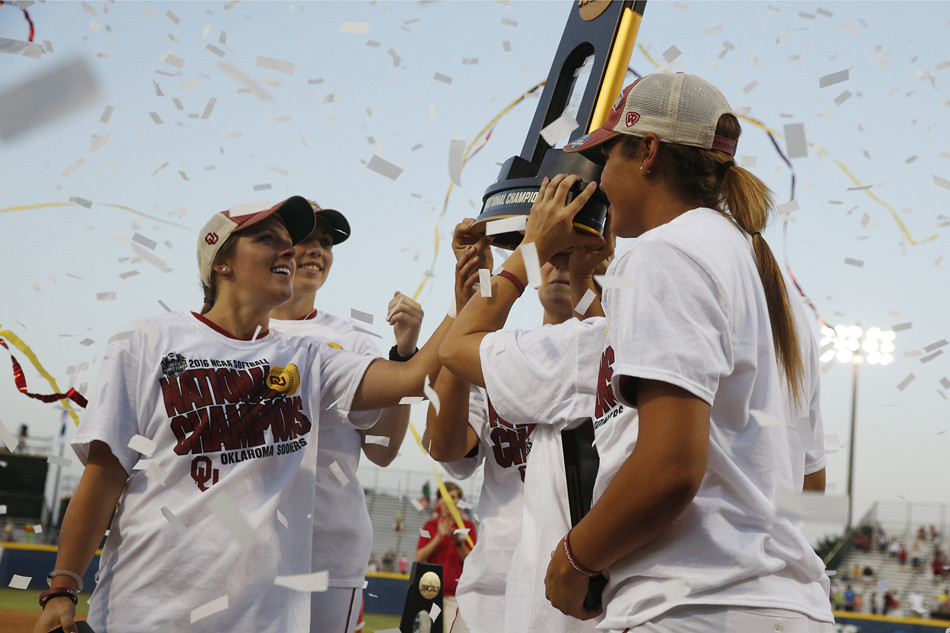
Also always be more willing to help out others who are struggling. On the flip side, have confidence in your ability as a shooter. Learn to take a compliment. I struggled with this concept a lot. People would say “hey nice photo” and my first reaction would be to say “oh god no that photo is so bad.”
My mom just yelled at me one time and said, “THANK YOU, PEOPLE WANT YOU TO SAY THANK YOU.” I learned most lessons in my life from my mom yelling at me. Be willing to learn from mistakes and be proud in your successes. Research is important and plan for the worst because one day its going to happen.
Have a life away from your camera. Have friends away from journalism and photography. We are tasked with telling stories to the public for the benefit of the public and you want more than one viewpoint. It’s so easy to surround yourself with other photographers because we all see the world in a similar way. Allow yourself to be defined more than your photos. There is so much more to a person than simply their work.
Also call your mom, she says you don’t call enough.

:::BIO:::

Hi. My name is Ian Maule and I’m currently a staffer at the Tulsa World in Tulsa, Oklahoma. I’m from Johnsburg, Illinois and graduated from Western Kentucky in 2014. GO TOPS. I have interned at the Kalamazoo Gazette, Fort Knox Army Base, The Reading Eagle, and The Daily Herald in Provo, Utah. The first movie I cried in was My Dog Skip and I was scared of the start of the Goofy Movie until I was about 15.
You can see more of his work here:
Website: Ianmaule.com